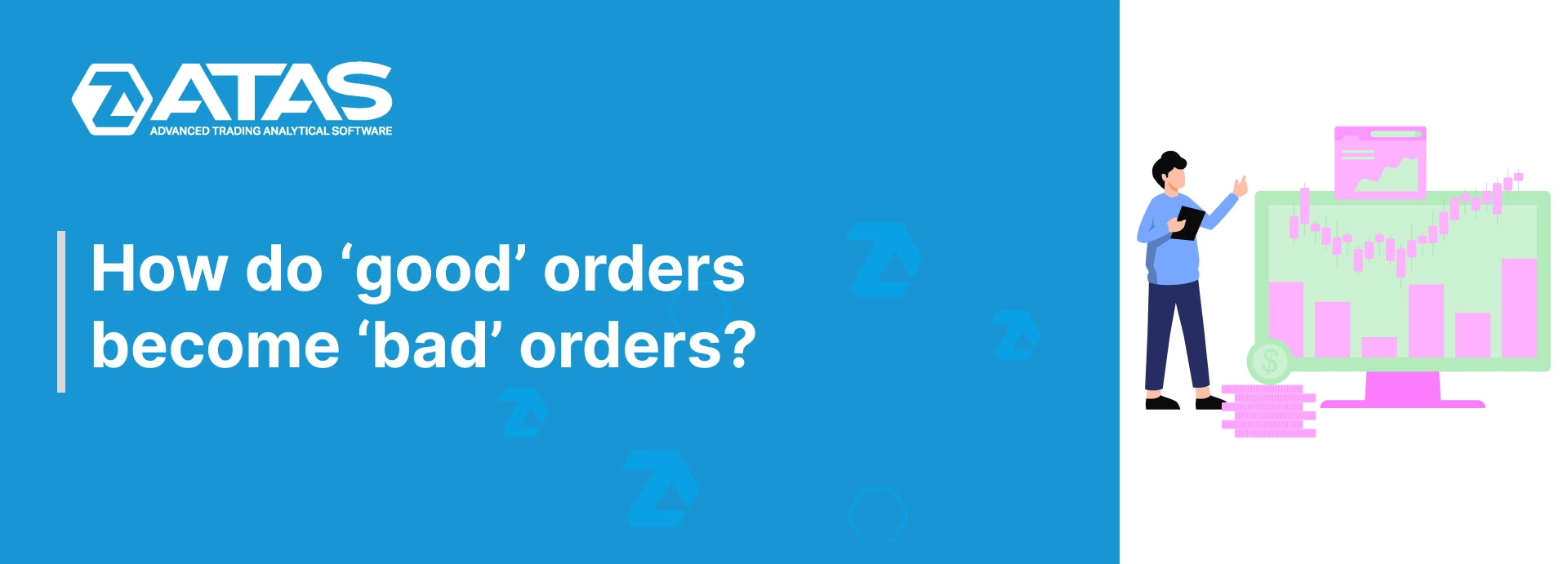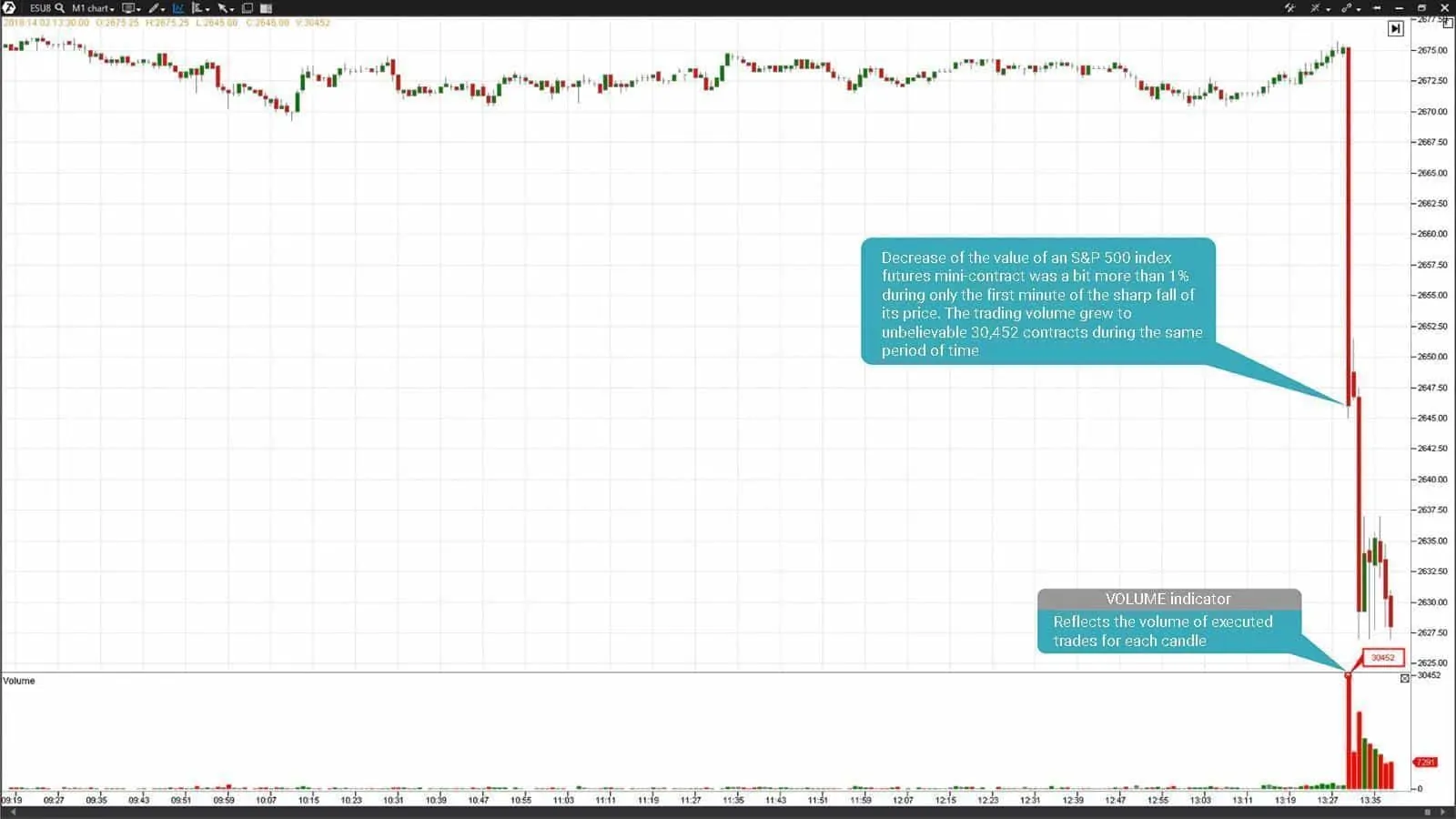AT WHAT POINT DO “GOOD” ORDERS BECOME “BAD” ORDERS?
Elaboration of understanding of the advantages and disadvantages of the orders used by a trader in trading in the financial markets is an extremely important step on the way to success. Otherwise, a trader will bear losses even in, at first sight, simple situations. For example, he can forget to control the relevance of the price level, at which he posted a limit order the day before.
There could be a situation when even those types of orders, which served efficiently its trading system during a long period of time, would start to manifest their weak points under specific market conditions. In this article, we will analyze a number of the advantages and disadvantages of the orders, which are of interest for the majority of retail traders.
In this article:
Benefit and risk of using a limit order.
In what a market order can let you down.
Is a stop loss order the remedy for big losses?
Is it a good till cancelled or day order?
There are no good and bad orders.
Benefit and risk of using a limit order.
A limit order is a pending order for buying or selling an asset, which will be executed only if the price reaches the level set by the trader.
The limit orders, first of all, are used by less ‘aggressive’ investors and professional traders and also by major and institutional players. These market participants would prefer these limit orders not to be executed at all rather than they would have been executed at less profitable prices.
The maximum benefit, which could be derived from using a limit order, is in the fact that it guarantees a trader, at least, receiving the desired price for the traded asset. A possible risk, connected with the use of a limit order, is that it can expire like milk in the fridge. In other words, a change in market conditions could result in a loss of the relevance of the limit order parameters and, consequently, undesirable risks.
That is why the use of limit orders in trading requires a trader to constantly control relevance of those price levels, at which these orders were posted some time ago. In other words, you should pay a bit more attention to their ‘freshness’ and carefulness when posting them.
In what a market order can let you down.
A market order is a very popular type of orders in trading in the financial markets. A market order is executed at the current Bid (demand) or Ask (supply) asset price at the moment of its emergence in the market.
The most wonderful thing in the use of a market order is that it guarantees immediate execution of a trade when entering the market. Liquidity will be available in any market in one or another volume, that is why there is no need to worry about the fact of opening a trade with the use of a market order.
Sounds great, doesn’t it? However, what may go wrong when trading a market order? The matter is that a market order may expire much faster than a carton of milk. The example below shows the fall of an S&P 500 futures mini contract of a bit more than 1% during 1 minute.
After the price of this futures moved rather smoothly in the morning, it sharply fell. Just imagine what happened with the ‘milk carton’ of those traders who opened the buy trades at the wrong time using market orders. A fresh milk carton, which stayed in a complete safety a minute ago, started to represent danger for the financial health of their trading capitals the very next minute.
If you remember some of such flash crashes in the financial markets for several recent years, you will start to realize how fast a ‘good’ market order can do a disservice to your trading. Such an instant price movement might happen at the moment when you press the ‘post an order’ button.
Is a stop loss order the remedy for big losses?
A stop loss order is aimed at limiting the trade’s risk (possible loss) size in the event the price starts to move in the loss-making direction. This order type is posted by a trader in the trading terminal in order to limit his losses when the price reaches the previously set level.
This order type seems simple for understanding, at first sight, but it has a specific feature, which is not easy to notice. A stop loss order is posted in the market, after which it stays there. When the price of a traded asset reaches the level set by a trader in the stop loss order, this order is activated and executed as a market order. However, when price gaps emerge in the market, this order could be executed at the first affordable price rather than the price set by the trader.
Is it a good till cancelled or day order?
A Good Till Cancelled (GTC) order is a pending order for buying or selling an asset at the price, which was set by a trader and which differs from the current market price. The main difference of this order type from a limit order lies in setting a specific date, until which this order may stay in the market. If a GTC order has not been executed during a set period of time, it will be cancelled automatically.
An order of this type should be checked regularly, to make sure that its parameters correspond with the current market situation, which might have changed during the period you didn’t monitor the market. If you don’t drink milk every day, it is easy to forget that you have a milk carton in the fridge.
The advantage of this order type is that it doesn’t require everyday control on behalf of the trader. A GTC order will stay in the market until it is activated by the price (opening a trade) or until it expires, in the result of which it will be automatically cancelled.
A day order stays ‘fresh’ until its automatic closure within one trading day. The disadvantage of this order type is that if a trader needs to execute a trade again the next day, he will have to create a new order. A day order requires a bit more work than a GTC, but it is a small inconvenience.
The advantage of a day order is that it should be opened each new trading day. This makes a trader assess the set parameters for correspondence with the current market conditions. This is like checking every day whether the milk is still fresh.
There are no good and bad orders.
If there were an order type, which would cope with all tasks in any market situation, most probably, all traders would have used that type only and there wouldn’t have been such a variety of order types. Nevertheless, different types of orders exist exactly because there could be very different situations in the market. It is necessary to understand that even if one or another order type perfectly coped with its task today, it doesn’t mean that it will do the same the next day. It is not that important which order type you choose for realization of your trading plan, it is more important to know what makes this order efficient and what reduces its advantages to zero.
We already published materials in our blog, in which we discussed different types of orders. If you want to study this topic deeper, we recommend you to read Algorithms of reducing CME orders and The order’s way from creation to execution on CME. Good luck trading!





